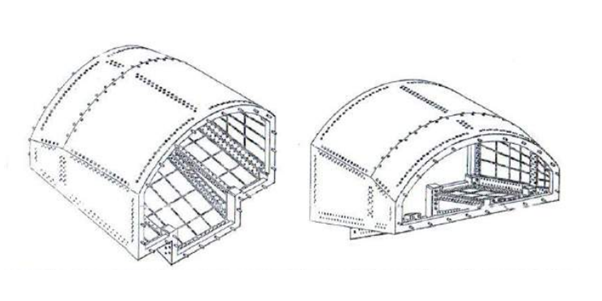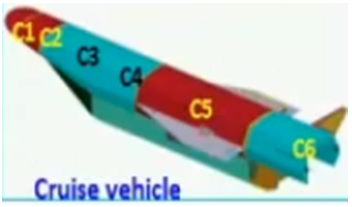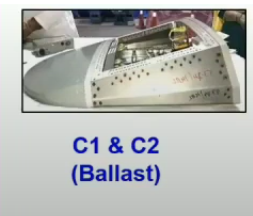
A Step Closer To The Hypersonics
NEWS
DRDL, a premiere lab of DRDO's missile cluster, has begun procurement processes of 'specially processed' TPS (thermal protection system) tiles for Project ET-LDHCM (Programme Vishnu; Hypersonic Cruise Missile). TPS tiles are protective structures made from materials which are highly resistant to heat, such as silica ceramics. They serve the purpose of insulation of the body of fast moving vehicles from aerodynamic heating in the atmosphere.
Apart from ceramic insulation, DRDL had developed a metallic TPS composing of Nikel Alloy C-263 during the HSTDV programme, which was designed for temperatures ranging from 600-950°C.


Recently, DRDL has also commenced procurement processes for Inconel-718 for the combustor of the ET-LDHCM along with the associated thermal barrier coating (yttria-stabilized zirconia) developed during the HSTDV programme. Evidently, Project ET-LDHCM will be largely based on the HSTDV programme.
What do we know about ET-LDHCM?
Apart from the details discussed earlier, very little is known about Project ET-LDHCM, including the full form of the name (we speculate LDHCM may stand for Long Distance Hypersonic Cruise Missile, however there is no way to be sure as of now.) So far, only the below illustration of any component of the ET-LDHCM is available in public forums. Defence Matrix has acquired all images used in this article from publically released tenders and documents. This component is the 'S2' section of the ET-LDHCM.
DRDO has not provided any description of this component; however, Defence Matrix has conducted an analysis of the images. The following is what we believe may be the case. The HSTDV has 6 sections named C1-C6:
C1: Nose tip (Carbon fibre reinforced SiC)
C2: Ballast
C3: Guidance and avionics
C4: Fuel feed system and ICM
C5: Wing mechanism and other control units
C6: Tail, position pick-off unit, pneumatic systems
As noted above, the C2 section houses the ballast. Ballasts are general heavy substance used to improve weight distribution, stability, etc.






Dr. Debasis Chakraborty (formally led Project HSTDV as Programme Director), said after the successful flight trials of HSTDV in September 2020:
"When the HSTDV is developed into a missile system, the ballast will be replaced by payload."
Do keep in mind, that the above images of the airframe component of the ET-LDHCM was labelled as the 'S2' section. If the names of the segments of the HSTDV and ET-LDHCM are related, it seems reasonable that the C2 section of the HSTDV corresponds to the S2 section of the ET-LDHCM. If this is indeed the case, it suggests that the S2 section is the payload section of the ET-LDHCM. Other possibilities may include it being the avionics and/or guidance system, due to similar appearance to the C3 section of the HSTDV.
